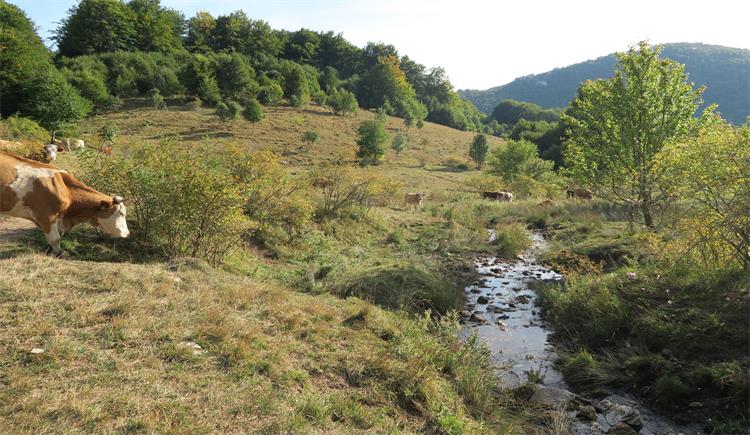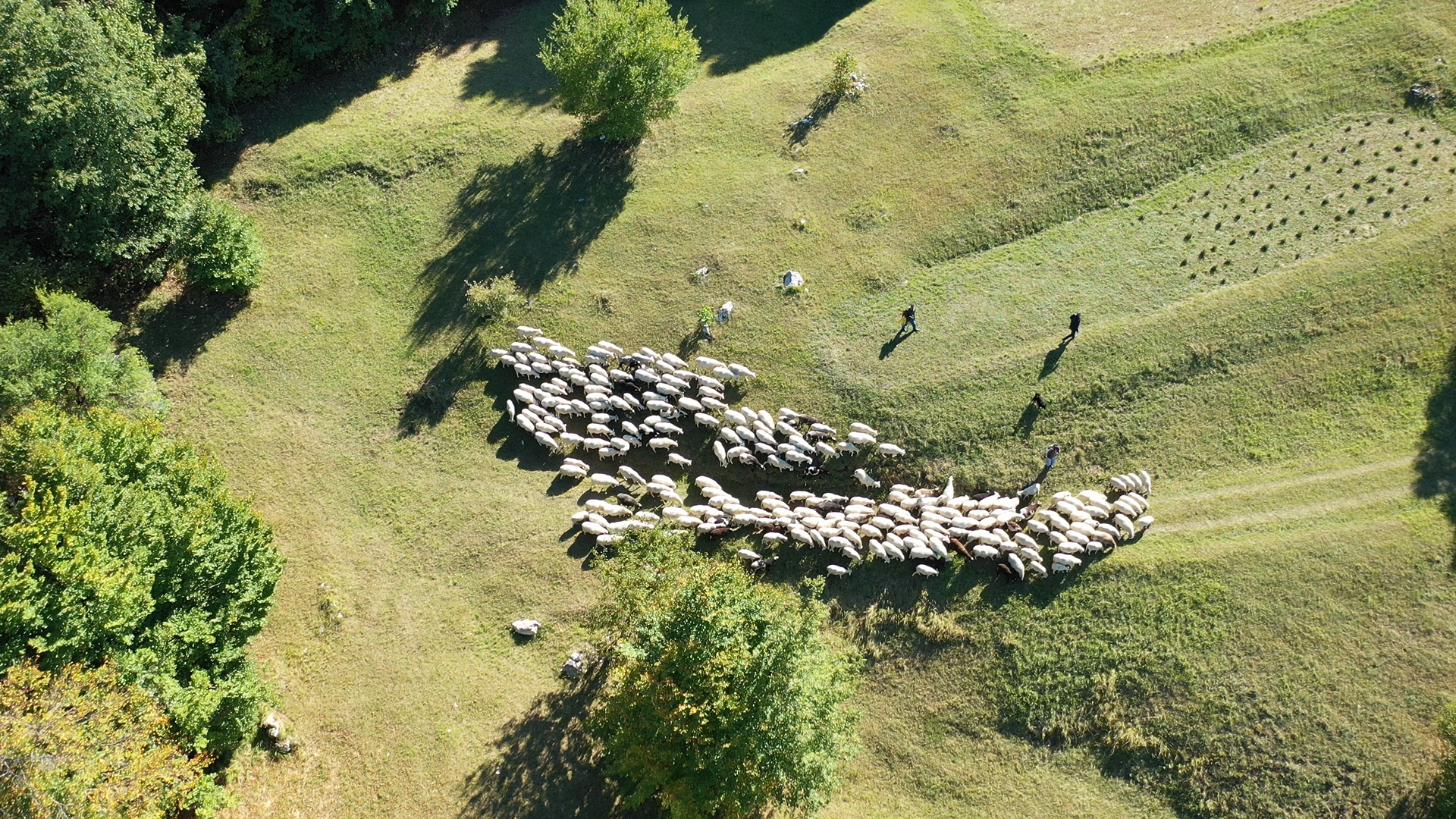Transhumance, the seasonal droving of livestock
Transhumance (Latin: trans - over/beyond, humus - soil/ground) is the seasonal migration of livestock and shepherds between different regions to ensure suitable grazing for the animals throughout the year. Typically, the livestock is moved from lower to higher areas for summer grazing, and sometimes, it is relocated to winter pastures lower from their home farms. These movements can be characterized as vertical transhumance, while horizontal transhumance implies movement to areas with a more favourable seasonal climate for grazing without significant changes in altitude. In Croatia, the term refers to the seasonal migration of livestock and shepherds in the Dinaric Mountains.
Traces of transhumance can be found as far back as the Neolithic period. During the first century BCE, Roman expansion further spread the use of pasture areas, and the Middle Ages saw the genesis of the Vlach/Morlach population, the bearers of traditional forms of transhumance whose patterns persisted, albeit in fragmented and altered forms, until the present day. Several epigraphic monuments and written documents, such as the Inscribed Stone and Dolabella’s Inscription, as well as the Gospić Agreement from 1887, bear witness to transhumance. Significant negative changes first occurred during and after World War II when rapid industrialization led populations in pastoral regions to migrate to urban centres and more fertile areas. However, the practice of seasonal migration in the Dinaric Mountains continued in a reduced form until the beginning of the Croatian War of Independence, which partly unfolded in mountain pastures.
Remnants of transhumance can still be found in the mountainous areas of Istria, Velebit, Lička Plješivica, and Dinara, and there is a slow revival of demand for traditional products in the context of autochthonous gastronomic and tourism offers. Preserving this type of animal husbandry is of great importance for the Republic of Croatia, both in terms of revitalizing specific areas, fostering identity and tradition, and conserving biodiversity through the protection of mountain pasture habitats and supporting the economy by utilizing marginal mountain soils.
Transhumance, the seasonal droving of livestock - UNESCO Intangible Cultural Heritage
© Marko Sinobad

© Grga Frangeš
, autor fotografije Grga Frangeš.png)
© Grga Frangeš
, autor fotografije Grga Frangeš.jpg)
© Grga Frangeš

© Grga Frangeš